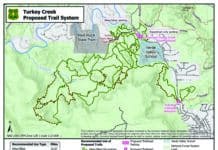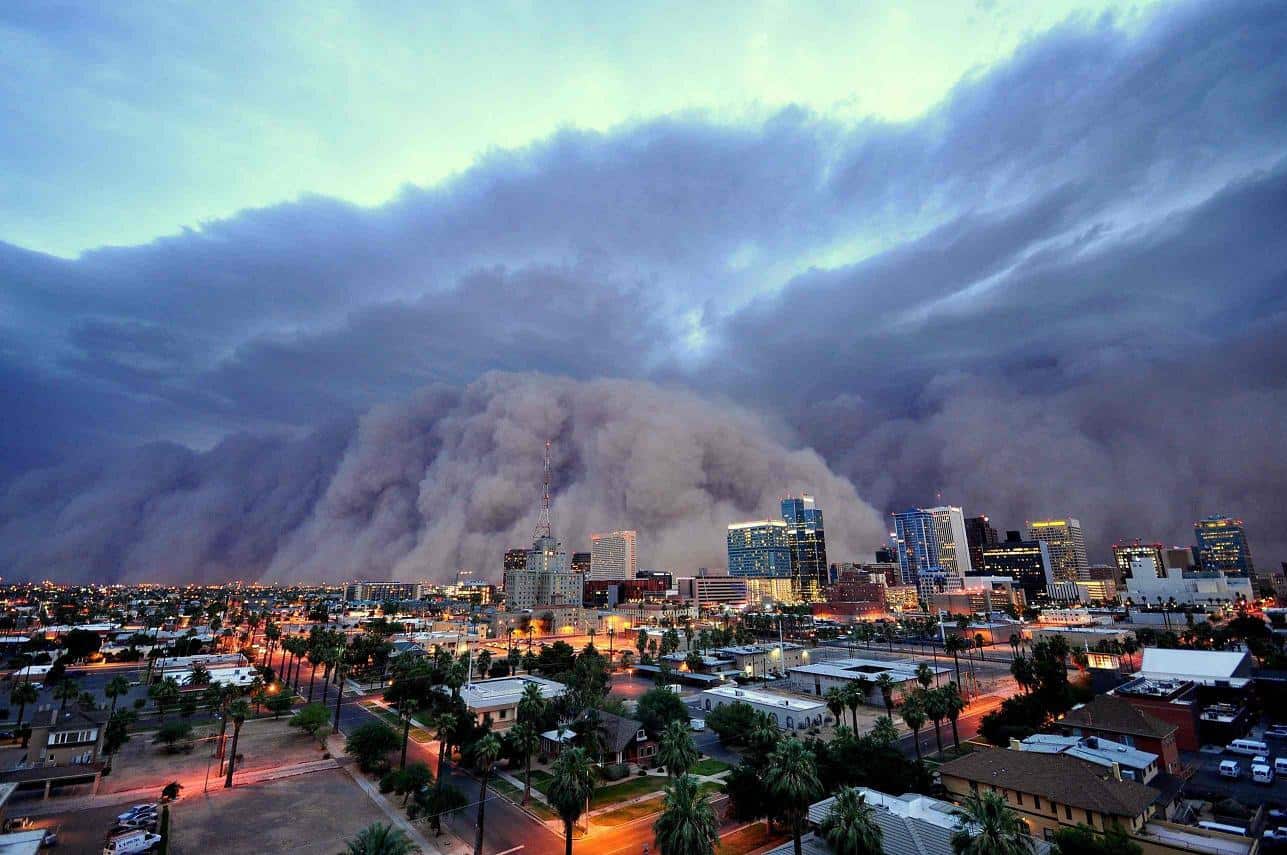While the word haboob sounds innocent enough, it can have a lasting effect on a vast stretch of land.
Recent dust storms, often called haboobs, have made a number of news headlines in recent months. Pictures and video of menacing brown clouds marching across the Phoenix landscape have appeared on a number of websites such as YouTube and Facebook. Those dust clouds, many believe, have impacted the air quality over Sedona.
Dust from the July 5 Phoenix haboob created a noticeable difference in air quality for the Sedona and Verde Valley areas, according to Mark Shaffer, director of communications for the Arizona Department of Environmental Quality. The dust storm measured over a mile wide. Air quality in Sedona was affected by the storm July 6. The storm knocked out power for over 10,000 people in the Phoenix area and grounded planes at Phoenix Sky Harbor International Airport.
“It timed out exactly to when that would have moved north,” Shaffer said, adding that haboobs generate enough dust that the storms can move far enough north to affect the Verde Valley.
“It has to be a big enough storm,” Shaffer said.
A third Phoenix-area haboob, which occurred Aug. 18, also moved north after it downed trees and knocked out power for thousands of residents. Fallout from that storm moved into Yavapai County as well.
“It looked like it affected Prescott’s air a lot, but it’s inconclusive about Sedona,” Shaffer said. “These things tend to lose their power as they [move] toward the Bradshaw Mountains and also in the switchbacks going toward Black Canyon City. The first one [on July 5], because it was so tall, it still migrated to the north.”
Analyzing whether Sedona’s haze came from smoke, dust or a combination of both is harder to determine, Shaffer said. Often, filters on air quality equipment cannot measure precisely enough to determine the difference between smoke particles and dust particles.
On Aug. 19, the haze appeared to be a mix of both smoke and dust matter.
“These dust storms have a distinctive brown effect,” Shaffer said. “There’s usually a white tint to wood smoke.”
The Rocky Fire, meanwhile, is releasing far less smoke than it has in recent weeks. According to a Friday, Aug. 26, press release from the Coconino National Forest, minimal smoke is to be expected as the fire slows. The Rocky Fire began July 18 and is estimated at around 5,000 acres. The fire is being managed by crews with the Red Rock Ranger District.
Karen Malis-Clark, spokeswoman for the Coconino National Forest, said closures around the area of the Rocky Fire may be lifted for Labor Day weekend.
“What minimal activity that is occurring might be some burning at the interior of the fire,” Malis-Clark said.



















